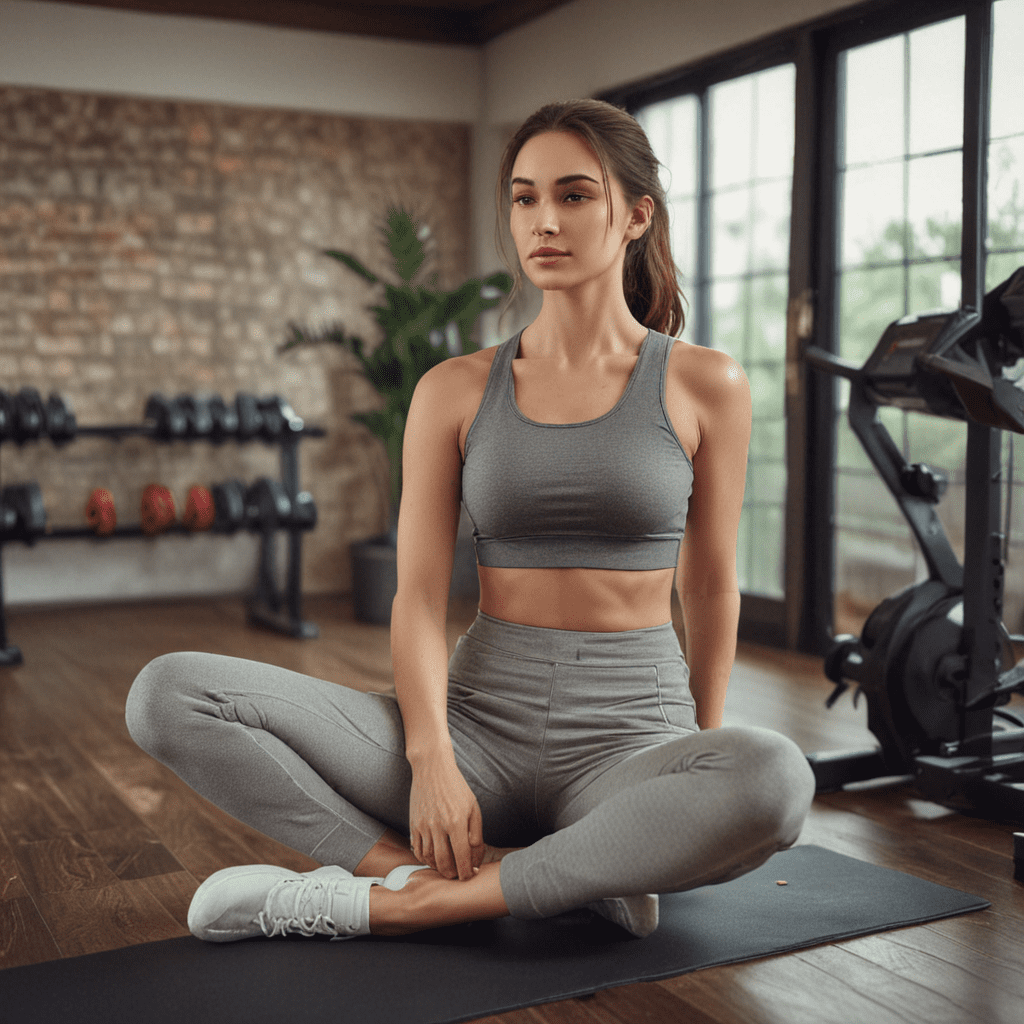
Creating a Relaxing Environment for Stress Relief
Introduction: The Importance of a Relaxing Environment
Stress is an inevitable part of modern life, but its impact on our physical and mental well-being can be significant. Creating a relaxing environment in your home is crucial for managing stress and fostering overall wellness. Research has shown that a calm and soothing atmosphere can reduce heart rate, blood pressure, and levels of the stress hormone cortisol, promoting a sense of tranquility and relaxation. By incorporating simple yet effective strategies into your home design, you can transform your space into a sanctuary that provides respite from the stressors of everyday life.
Declutter and Organize Your Space
Clutter can be a major source of stress and visual distraction. A cluttered home can make it difficult to focus, relax, and unwind. Dedicate time to declutter your home, removing unnecessary items and organizing the essentials. Streamline your belongings by discarding or donating items you no longer need or use. A well-organized home creates a sense of order and calm, reducing feelings of overwhelm and making it easier to de-stress.
Incorporate Nature into Your Home
Nature has a profound calming effect on both the mind and body. Incorporating natural elements into your home can help create a more relaxing environment. Add plants to your living space, as they release oxygen and purify the air, fostering a sense of freshness and vitality. Green spaces have been associated with reduced stress levels and improved mood. Consider adding a water feature, such as a small fountain or tabletop waterfall. The gentle sound of flowing water can help soothe the nerves and promote relaxation.
Optimize Lighting and Ambience
Lighting plays a crucial role in creating a relaxing ambiance. Natural light is the best source of illumination, so make sure your home has ample windows and skylights to let in plenty of sunshine. When artificial lighting is necessary, opt for warm and dimmable lights over bright, harsh ones. Use lamps and sconces to create soft and diffused lighting, which can help create a cozy and inviting atmosphere. Candles can also be a great way to introduce a warm and relaxing glow into your home, but always exercise caution and never leave burning candles unattended.
6. Minimize Noise and Distractions
Unwanted noise and distractions can significantly disrupt your relaxation efforts. Create a peaceful ambiance by reducing noise pollution from outside sources such as traffic or neighbors. Consider using soundproofing materials on windows and doors, or investing in noise-canceling headphones. Minimize distractions by designating specific areas in your home for work or other activities that may require focus, and creating separate spaces for relaxation and tranquility.
7. Use Soothing Colors and Textures
The colors and textures in your home can have a profound impact on your mood and stress levels. Opt for calming color schemes that evoke a sense of tranquility, such as soft blues, greens, or neutrals. Avoid bright or overly saturated hues that can be visually stimulating and contribute to stress. Choose soft and cozy textures like plush fabrics, sheepskin throws, or woven rugs to create a warm and inviting atmosphere.
8. Incorporate Aromatherapy and Essential Oils
Aromatherapy utilizes fragrant essential oils to promote relaxation and reduce stress. Diffuse calming essential oils like lavender, chamomile, or bergamot in your home to create a soothing atmosphere. You can also add a few drops of these oils to your bath or shower for an immersive sensory experience. Research suggests that aromatherapy can help lower heart rate, ease muscle tension, and improve sleep quality.
9. Add Calming Elements through Plants and Water Features
Incorporating natural elements like plants and water features can enhance the overall tranquility of your home. Plants not only purify the air but also create a sense of connection to nature, which can be calming and restorative. Place plants in various rooms, including your bedroom, living room, and bathroom. Consider adding a small indoor fountain or water feature to create a soothing soundscape that masks unwanted noise and promotes relaxation.
10. Maintain a Relaxing Home Routine
Establishing a relaxing bedtime routine can significantly improve your sleep quality and overall well-being. Create a calming atmosphere in your bedroom by dimming the lights, turning off screens an hour before bed, and maintaining a comfortable temperature. Engage in relaxing activities before bed, such as taking a warm bath, reading a book, or practicing gentle yoga or stretching. Ensure your bedroom is quiet, dark, and clutter-free to promote restful sleep and minimize stress.
Frequently Asked Questions (FAQs)
Q: How often should I declutter my home to maintain a relaxing environment?
Decluttering should be an ongoing process. Regular maintenance helps prevent clutter from accumulating and overwhelming your space. Aim to declutter at least once every few months or as needed.
Q: What types of plants are best for creating a relaxing environment?
Plants with calming properties include lavender, aloe vera, peace lilies, and snake plants. Research suggests that these plants can reduce stress levels, improve air quality, and enhance overall well-being.
Q: How can I create a relaxing ambiance with lighting?
Warm and dimmable lights create a cozy and inviting atmosphere. Use lamps and sconces to diffuse light evenly and avoid harsh overhead lighting. Candles can also be effective in creating a relaxing ambiance, but always exercise caution when using open flames.
Q: What are some affordable ways to reduce noise in my home?
Hang curtains or drapes on windows, use rugs to absorb sound, and consider soundproofing materials for walls and ceilings. Noise-canceling headphones can also be an effective solution for blocking out unwanted noise.
Q: How can I incorporate aromatherapy into my daily routine?
Diffusing essential oils is a simple and effective way to incorporate aromatherapy. You can also add a few drops of calming essential oils to your bath, shower, or pillowcase. Be sure to dilute essential oils properly with a carrier oil before applying them to your skin.


